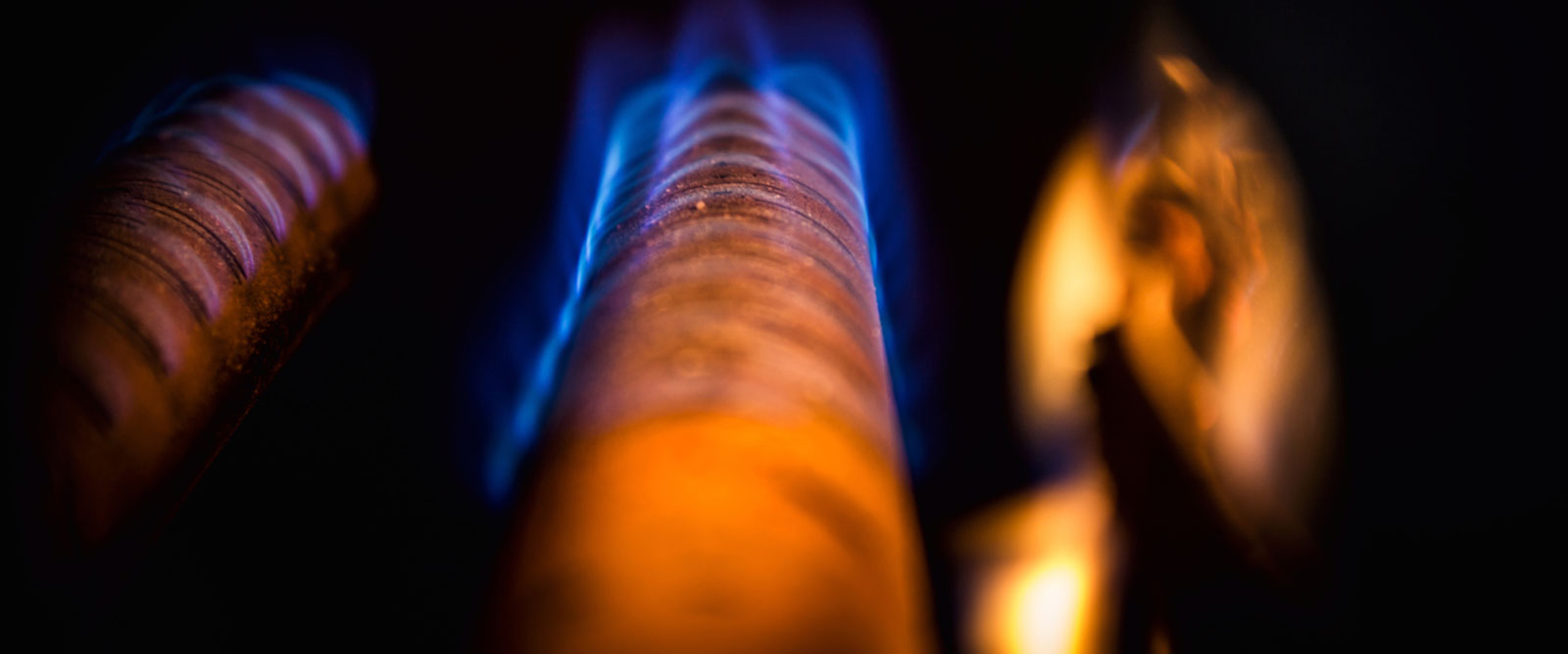Indicators that it is Time for a Furnace Replacement
The beginning of the heating season in South Texas can be a bit of a transition period. The first time the furnace heats up usually produces a smell for a short time, as the dust burns off of the element or heat exchanger.
There may be a few days at the beginning of winter that demands both air conditioning and heating; the weather in this area is rather strange sometimes. Some operational indicators may cause you to wonder whether the heating system will survive the winter; how can you know whether a Furnace Replacement is in your future? Here are a few leading indicators of the need for a Furnace Replacement.
- You are likely familiar with a replacement cycle for family vehicles, at least familiar enough to know most mechanical systems do not last indefinitely. Normally, heating systems function well for about 15 years but then begin to lose efficiency. A well-maintained system might last between 20 and 25 years.
- If you did not buy your home when it was new and if you have not replaced your HVAC system during your occupancy, you will need to determine the age of your system. Find a make/model number and research its age on the manufacturer’s website or a local dealer. If your furnace is older than 15 years, make plans for replacement on your terms.
- High Utility Bills. Heating and air conditioning consume between 44 and 52% of your utility bills, so when the efficiency of a furnace decreases it becomes noticeable. In addition, new models of furnaces begin with higher efficiency than the old unit began with. Operational cost savings will cover the replacement cost sooner than you think.
- Frequent Repairs. Mechanical and electrical parts experience wear-n-tear over the years; this is what eventually leads to system failure and the need to replace the system. Technicians often catch small problems during routine maintenance, but when the frequency of repairs increases, the furnace is sending warnings that the end is near.
Fossil Fuel-Specific Indicators
It is extremely important to heed the indicators for natural gas and propane-fueled furnaces. Pay attention to these warning signals:
- Gas-powered furnaces burn either natural gas or propane. At the refinery, an odor is added to the gas to bring attention to potential leaks; it is a familiar odor to most people. If you smell this odor, evacuate everyone from the house BEFORE you call the gas company. The source of the leak might or might not be the furnace. The same is true if you smell the odor of exhaust or combusted gas—leave the house before making calls.
- Carbon Monoxide (CO) Alarm. If you have a gas-powered furnace, you should also have a carbon monoxide detector installed in the house. If your CO alarm sounds evacuate the house before calling your HVAC technician. Know the difference between the “replace battery” alarm and the CO detection alarm. Replace the batteries as needed.
- Burner Problems. Gas for furnaces is supplied to the burner. When the thermostat calls for heat, the supply opens and is ignited by a pilot light or an electric spark, supplied as needed. A heat sensor, called a thermocouple, ensures that the ignition source is successful—if not, the gas supply is closed. The ignited gas burns in a small chamber with an exhaust pipe to carry fumes outdoors. A second, sealed chamber surrounds the combustion chamber and moving air sends the heat into your home. It is vitally important that all of these components remain intact, with no chance of exhaust escaping from the combustion chamber. Any crack or corrosion is a potential problem. If these occur, it is a clear indicator of the need to replace your furnace.
Have Questions about Furnace Replacement?
Let us help with your preventative HVAC maintenance. Call Doctor Cool & Professor Heat today at 281-338-8751 or email Doctor Cool and let our professional Residential AC Repair technicians assist with all of your preventative HVAC maintenance questions.

